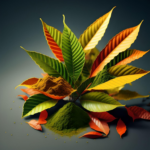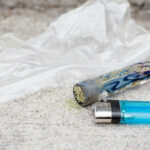Over the past 20 years, the market for cannabinoid-infused topical products has exploded from a curiosity to a mainstream staple. Hundreds of CBD companies now offer CBD topicals.
This explosion of interest happened for good reason. Whether for skin conditions or pain in muscles and joints, CBD topicals work, according to anecdotal reports of consumers who swear by them. How did CBD creams, lotions, and salves suddenly become the next must-have hemp-derived cannabinoid product? It didn’t happen overnight.
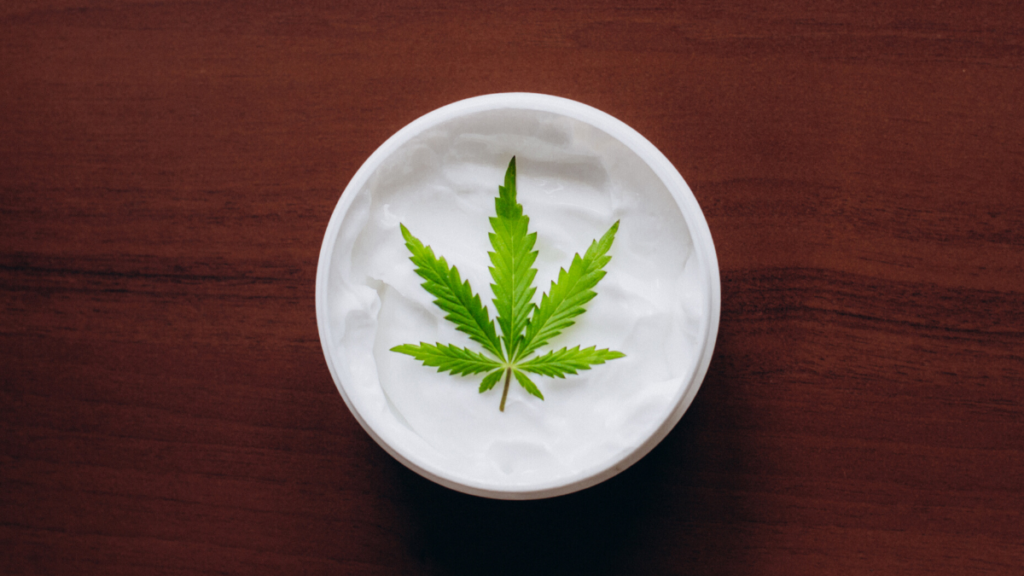
Topically applied cannabis products have a very long history. Understanding that history can help a consumer become better informed as to what products might be right for them.
A brief history of CBD topicals
In the ancient Near East, cannabis-infused topicals like myrrh were popular for centuries. But these products did not make it into modern Europe, and over time the knowledge of their value was lost.
The rediscovery of cannabis topicals began in 2003 in Nova Scotia, Canada. That’s where an engineer named Rick Simpson gave the world Rick Simpson Oil. Also called RSO for short, it’s a topical preparation made from full strength cannabis with high levels of THC.
Rick Simpson wasn’t the first person to apply cannabis topically, but he soon became the face of it for the contemporary western world. From his work making RSO, a rush of imitation topicals flooded the medical marijuana market in states where that is legal.
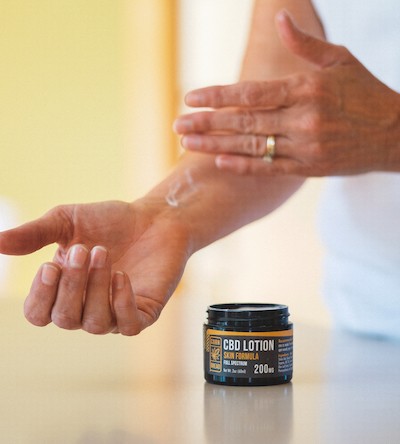
When the Farm Bill passed in 2014, that led to a rush of CBD topical products across America. The first round of CBD topical products were salves and balms. They were oil based, blended with bees wax, and they left a greasy residue after use. These CBD salves had their supporters. But they weren’t good enough.
A few years later, when it became clear that the 2018 Farm Bill was going to legalize hemp for good, the CBD market took another leap forwards with lotion made from CBD isolate. You have likely heard that products made from CBD isolate are not as effective as full spectrum CBD. And that is true, according to research conducted in Israel. But CBD lotion made from CBD isolate was a step in the right direction.
Full spectrum CBD lotion— the truest expression of CBD topicals — took some time to develop. It didn’t happen overnight. It took patience and timing to emulsify full spectrum hemp distillate into a water-based lotion. Once this process has been mastered, like we did at Cornbread Hemp, then CBD lotions become elevated even further.
Types of CBD topical
There are two reasons why people use CBD topicals: skincare, and deep tissue relief. These two types of concerns are ideal for CBD topicals for these three reasons:
CBD topicals for skincare are perfect for people fighting skin conditions or inflammation.
- CBD topicals attack the problem at its source;
- Most of the cannabinoids from a topical preparation do not enter the bloodstream;
- Topicals start working immediately.
CBD topicals for skincare are perfect for people fighting skin conditions or inflammation, or for people whose hands are raw and chapped from excessive hand washing. For these types of issues, a water-based lotion is far superior than a salve. That’s because a salve’s oily residue can stay caked on a person’s problem skin, while a lotion absorbs easily.
For those looking for relief from aching muscles and joints, CBD topicals are also a popular option. Formulations for these topicals are different, and often contain a secondary ingredient like menthol to help the CBD penetrate deeper into the tissue.
A buying guide for CBD topicals
When shopping for any CBD product, consumers should be skeptical. The CBD industry does not deserve consumers’ trust yet. But there are some things to look for to give you confidence that a CBD brand is looking out for its customers.
What to look for to know you’re buying a quality CBD topical product:
- QR codes on the packaging that link to lab reports are a must;
- The lab report should test for potency to ensure the same level of CBD as the packaging clams, as well as a full panel of safety tests to ensure the sample is free from pesticides, heavy metals, solvents, and etc.
- The fewer ingredients the better, but with lotions this isn’t always possible. Look for lotions that are free of parabens. That’s a good indicator the lotion is a premium product.
Why we love Kentucky hemp in our topicals
What state grows the best hemp in America? The same place that has grown America’s best hemp since 1775 — Kentucky. For nearly 250 years, hemp has grown in Kentucky when it was legal, and even when it wasn’t. Hemp has been growing naturally in Kentucky for a very long time, and for good reason.
What makes Kentucky so special as a hemp-producing state? It’s grown with the same water that makes Kentucky bourbon the best whiskey on Earth, and from the same soil that makes Kentucky racehorses the fastest in the world. And by sitting on the 37th parallel — the same line of latitude that runs through the Hindu Kush mountains — Kentucky receives the perfect light cycles for cannabis plants.
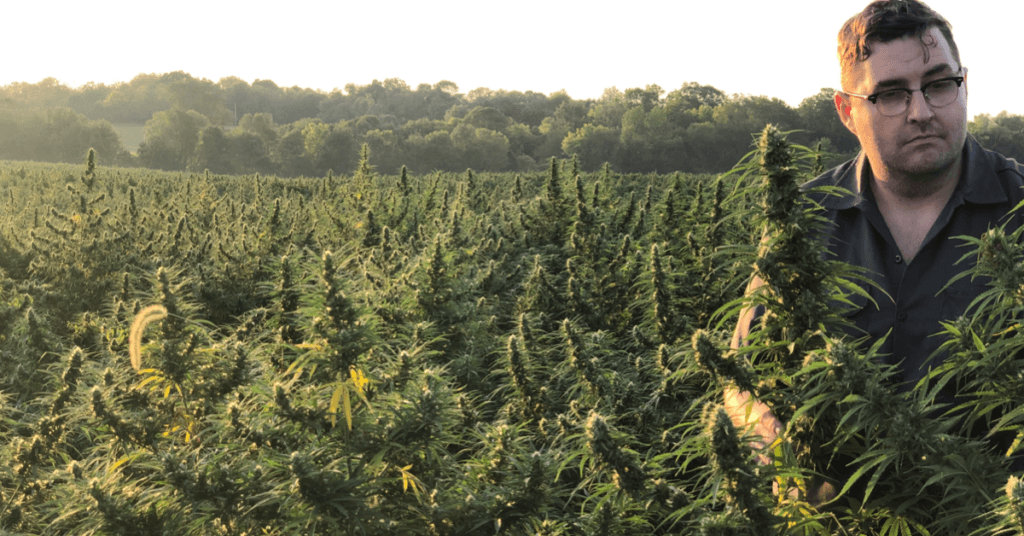
These factors make Kentucky a perfect micro-climate for cultivating hemp, on par with the hemp grown in Oregon and Colorado, but more sustainable at scale.
That’s why a brand like Cornbread Hemp is an attractive choice for consumers looking for CBD topicals they can trust. Made entirely from hemp grown in Kentucky, and blended into lotions that are paraben-free, Cornbread Hemp’s CBD creams prove they are trustworthy.
Want to experience Kentucky hemp? Use promo code MOH15 for 15% off at CornbreadHemp.com. We’ll bring you the best hemp products that Kentucky has to offer, right to your doorstep in just a few days. Cornbread Hemp’s CBD lotions are a perfect companion to their USDA certified organic CBD oils, which are also some of the best CBD products on the market.


